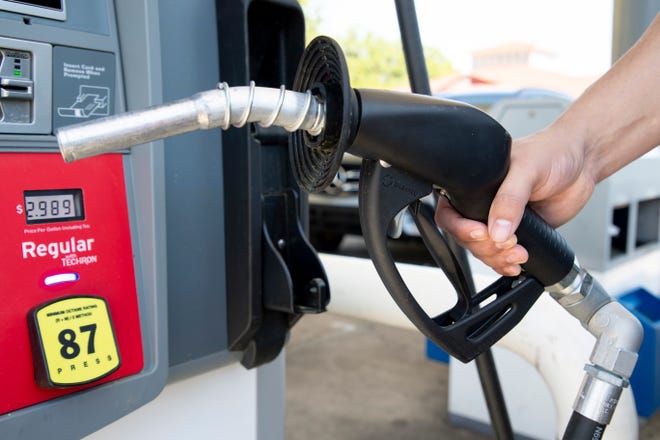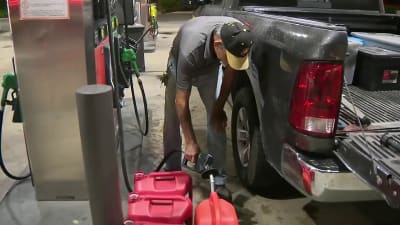
Gasoline prices have dropped in the past week and the American Automobile Association says it’s because of growing fears about COVID-19 and what it might do to the world economy.
Oklahoma gasoline prices are among those that slid over the past several days as the state’s average price is $2.91 per gallon, down about 4 cents over the past week. A month ago the state’s average was $3.03 and a year ago, Oklahoma motorists paid an average $1.87.
While the average is down, 16 counties in Oklahoma still have average prices ranging from $3.04 to $3.21 a gallon with Coal County in the southeast at the highest average. Counties in the northwest have joined the movement with higher averages including Woods County where Alva is the county seat and drivers pay an average $3.18 a gallon. Woodward County is at $3.13. Ellis County’s average is $3.17
Lawton still has the lowest prices with an average of $2.72 a gallon, a decline of 5 cents while the county’s average is $2.70. Oklahoma City drivers pay an average of $2.83, a level six cents cheaper than a week ago.
Tulsa motorists saw their average drop from $2.98 to $2.91 in the past week.
Oklahoma’s average of $2.91 is still lowest in the region. Kansas is $2.98 while Colorado is up at $3.38. New Mexico’s average is $3.30 while drivers in Texas pay $2.92. Arkansas has an average of $2.96, same as the average in Missouri.

AAA reports the national average for a gallon of gas dipped 4 cents on the week to $3.35. For consumers, gasoline prices were last this low on October 20.
“Consumers may be catching a break at the pump right now, but it’s not for a very good reason,” said Andrew Gross, AAA spokesperson. “A potential COVID-19 induced economic slowdown hurts everyone and could prompt OPEC to slash production if oil prices drop too low.”
On December 2, OPEC and its allies, a group referred to as OPEC+, announced it would stick to its plan, for now, to raise production by 400,000 b/d in January. The move was likely in response to the Biden Administration’s call to increase supply to tame high fuel prices.
According to new data from the Energy Information Administration (EIA), total domestic gasoline stocks increased by more than 4 million bbl to 215,422 million bbl last week. Meanwhile, gasoline demand dipped from 9.3 million b/d to 8.8 million b/d. The slight decrease in demand contributed to falling prices, while lower crude prices also put downward market pressure on pump prices.
Today’s national average of $3.35 is seven cents less than a month ago and $1.19 more than a year ago.





